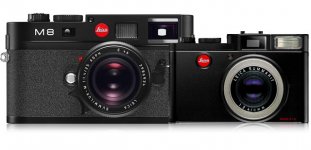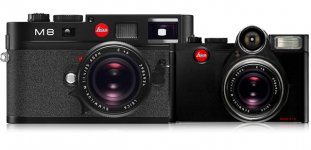RdEoSg
Well-known
Personally like some others have mentioned here, the next thing I'd like to see Leica do is either give up on making point and shoot digitals, or put some decent sensors in the things to start with. The Leica and Panasonic sensors are absolute garbage compared to the other big camera brands.
Every time a used Panasonic or Leica P&S comes in to the store I work at, I test it against the Canon's we carry. I would love to switch over and get one with Leica glass but the Canon images are always twice as good at half the price. I don't get the concept. It is plain as day to see that the images have more noise than the Canon's and yet they do nothing to solve the problem? Who cares how great the glass is and how big the screen is if the half price Canon looks twice as good?!?!?!
Several times I have done quick real world tests with the cameras. I'll take shots inside and outside the store using the same iso settings, color settings, etc. And then show customers the images with out telling them which were the Leica or Panasonic shots, and which were the Canon shots. The customers choose the Canon photos every time.
Every time a used Panasonic or Leica P&S comes in to the store I work at, I test it against the Canon's we carry. I would love to switch over and get one with Leica glass but the Canon images are always twice as good at half the price. I don't get the concept. It is plain as day to see that the images have more noise than the Canon's and yet they do nothing to solve the problem? Who cares how great the glass is and how big the screen is if the half price Canon looks twice as good?!?!?!
Several times I have done quick real world tests with the cameras. I'll take shots inside and outside the store using the same iso settings, color settings, etc. And then show customers the images with out telling them which were the Leica or Panasonic shots, and which were the Canon shots. The customers choose the Canon photos every time.
Last edited:



